
Make brand marketing strategy stand out with in-game advertising
- Author: Lizaveta Zhuk
Gaming has historically been an ad-free zone – but that’s changing with technologies and the rise of user interest. Advertisers get the opportunity to reach a large audience of gamers and expand brand advertising opportunities to other channels to achieve success.
Let’s dive deeper into in-game advertising.
In-game advertising: what is it?
In-game advertising refers to placed ads within mobile games, which appear during gameplay. While the ads come in various formats, the goal for each remains the same—draw attention to the ad without interrupting the player’s gaming experience. These seamless ad experiences can not only improve engagement and retention rates, but also help:
- drive user’s engagement;
- increase awareness;
- boost outreach of ad campaign;
- increase conversions and so on.

Source: netimperative
There are a lot of stereotypes about advertising in games…But what is the reality?
Nearly everyone has a smartphone with games. And almost everyone plays mobile games. Despite research from Admixplay showing that there is still a gap between perceptions and reality when it comes to how marketers approach the games market, a survey shows that a third of respondents believe there are between 100 and 500 million active daily gamers, while 27% believe there are between 500 million and 1 billion. But in reality the number of active mobile gamers that can be reached by ads is much bigger — 2.8 billion of active gamers on mobile devices daily.
Moreover, they are unaware of the scale and results they might get with in-game ads. In this case, brands can miss opportunities to boost their performance.

Source: exchangewire
In a way, it is unsurprising that brands are unaware of the audience of games worldwide and stick to stereotypes about their ages, gender, interest and so on, given that gamers are pretty wide and different. Based on statistics, the average age of gamers is 36 y.o., and women and men are playing almost the same (54% vs. 46%). So brands shouldn’t be afraid of advertising for too young, insolvent audiences.
Development of technologies provides the opportunities for in-game advertisers to test unique ad formats that are exclusive to the in-game environment and boost engagement and user interest. Plus, advertisers can reach new and unexpectable audiences through advertising in games. For instance, children’s retail brands can reach parents by advertising in video games — 74% of parents in the US now play games at least weekly with their children.
With these ad formats brands can reach their goals and post performance but in-game ads have some features. For example, it’s important to optimize ads for the gaming environment in order to maximize outreach and capture attention of gamers. Programmatic technology can help advertisers grab users attention at the right moment, providing seamless experience and boosting their performance.
What ad format brands can choose?
When it comes to in-game advertising, there are common ad formats, from static banners to playable ads. Brands can choose any type based on their goals, budgets and so on.
- Rewarded ads. A player can get in-game bonuses in exchange for watching an advertisement, usually an unskippable video ad.
- Interstitial ads. When completing a level or in-game activity, a full-screen and clickable ad with a call-to-action button pops up.
- Display ads. Static or dynamic banner ads at the top or the bottom of the game’s screen, video ads and so on.
- Playable ads. In this format, users can play a short demo of the gaming app before deciding to download it. This demo version offers the app’s essential features so that users can “try before they buy”.
Brands can show their messages to users through targeting by game genre, contextual and behavioral targeting, location targeting, operation system targeting, etc.
Benefits of in-game advertising for brands
Gamers are now nearly synonymous with everyday customers, and it’s time for brands to pay attention. Moreover, in-game advertising leverages programmatic technology to allow ads to appear in mobile for the right user at the right moment providing a more seamless experience for users. Brands can use it to their advantage for other benefits. Let’s dive a little deeper in the advantages.
1. Drive revenue — and a lot of it. In a world where free-to-play dominates the marketplace, integrating advertising into games can generate scalable revenue. Especially since users like free content and are ready to see an ad in exchange for free playing. Based on Venturebeat, in-game ad revenue is projected to reach $56 billion by 2024.
2. Reach new and large audiences. Long gone are the days when brands could reach only a few users in video games by advertising. Based on the forecast, the gamer population of Europe will jump to more than 351 million by 2023, with gamers making up more than half of the continent’s population. It makes a scene for brands to pay more attention to that format because the number of gamers continues to climb by the day. It can help boost outreach and awareness of ad campaigns.
3. Drive purchase intent among users. Gamers are creative, tech-savvy and curious. According to Anzu research, 46% try to be the first to know about new stuff, like emerging tech and new fashion. Using in-game ads, brands can boost not only their performance and conversions but also return in investments.

Source: GWI
4. It’s measurable and safe. There aren’t any user-generated content, so brands can be calm about brand safety. Also, brands can rest assured that their ads only appear in appropriate and relevant gaming environments, offering them more control. Additionally, as in-game ads rely on user interaction, advertisers can accurately track key metrics such as engagement, reach, and completion rate.
In conclusion
In an increasingly crowded marketplace, brands need a creative and effective way to stand out from crowded spaces and competition. As mobile and game adoption grows, brands can leverage these in their marketing strategies. Here are the key points that can help:
- invest in mobile measure and attribution to get full control of brands in-game campaign;
- leverage varying ad formats — don’t just stop on static banners;
- make sure that brand goals are set up correctly, they should be clear and measurable;
- optimize interface of websites for mobile users;
- create a target audience profile before launching an ad campaign to better understand users;
- implement programmatic technology to boost brand performance and get strong results.
Read also





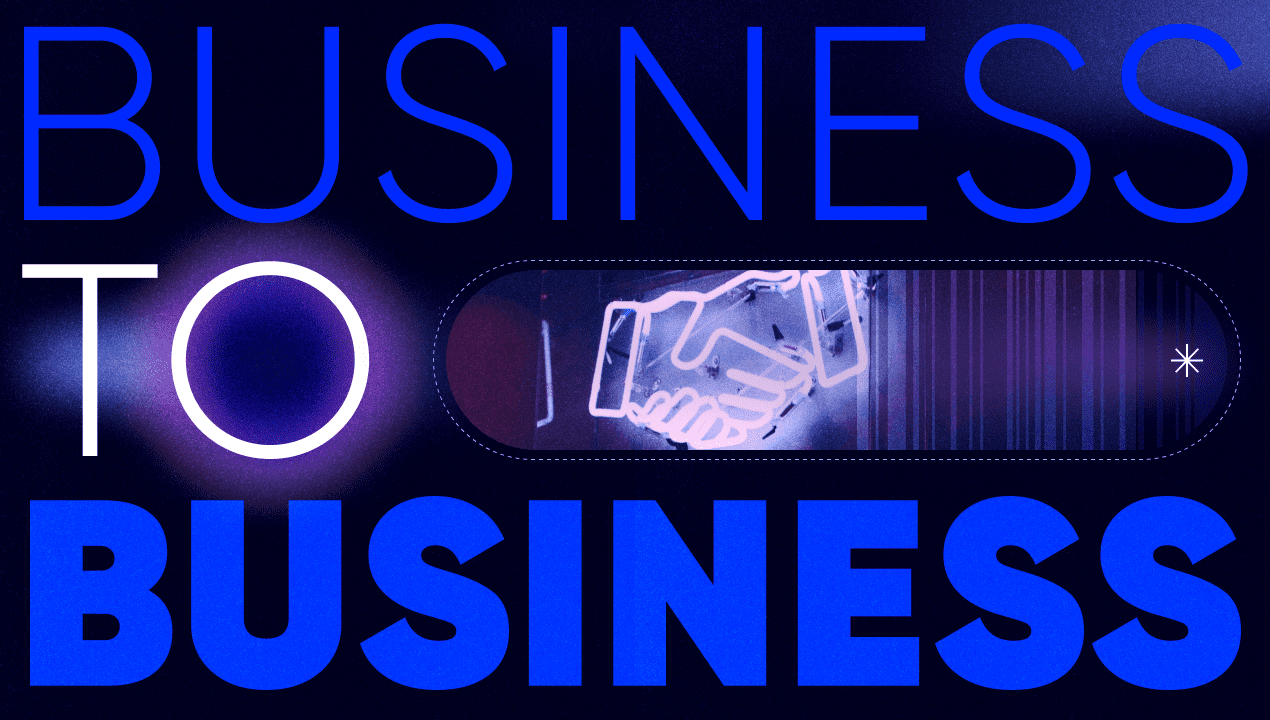







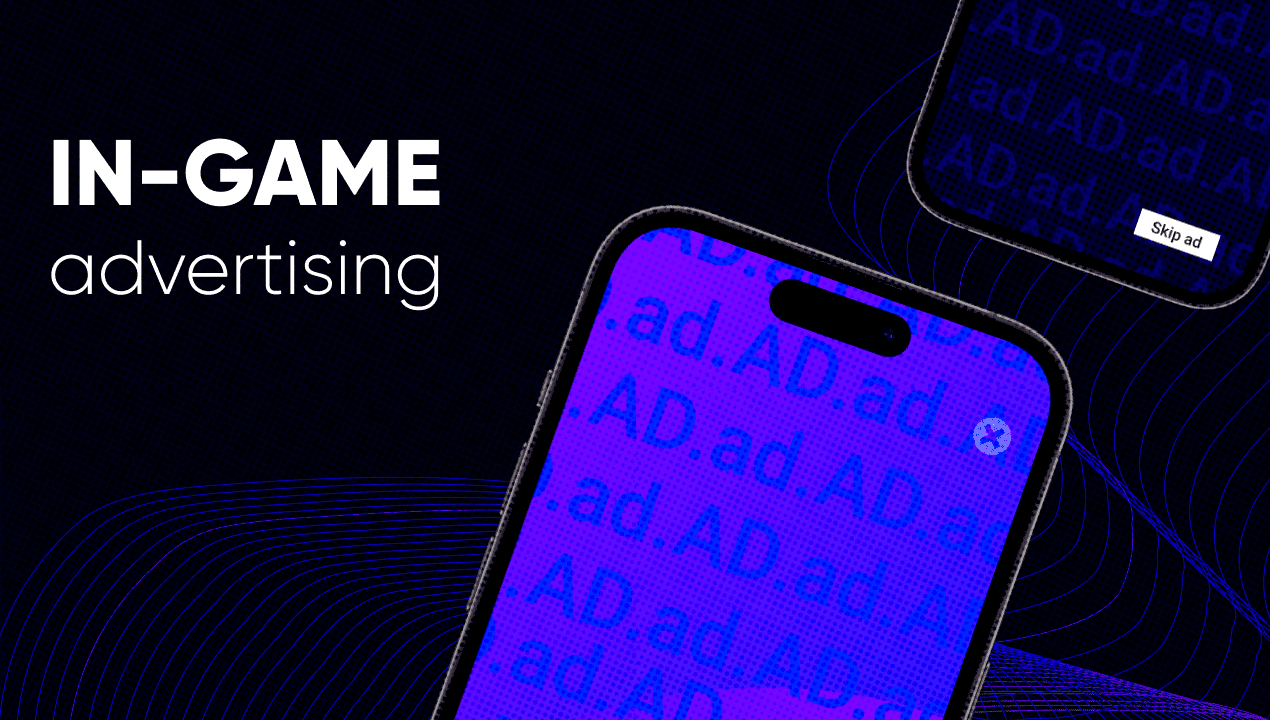



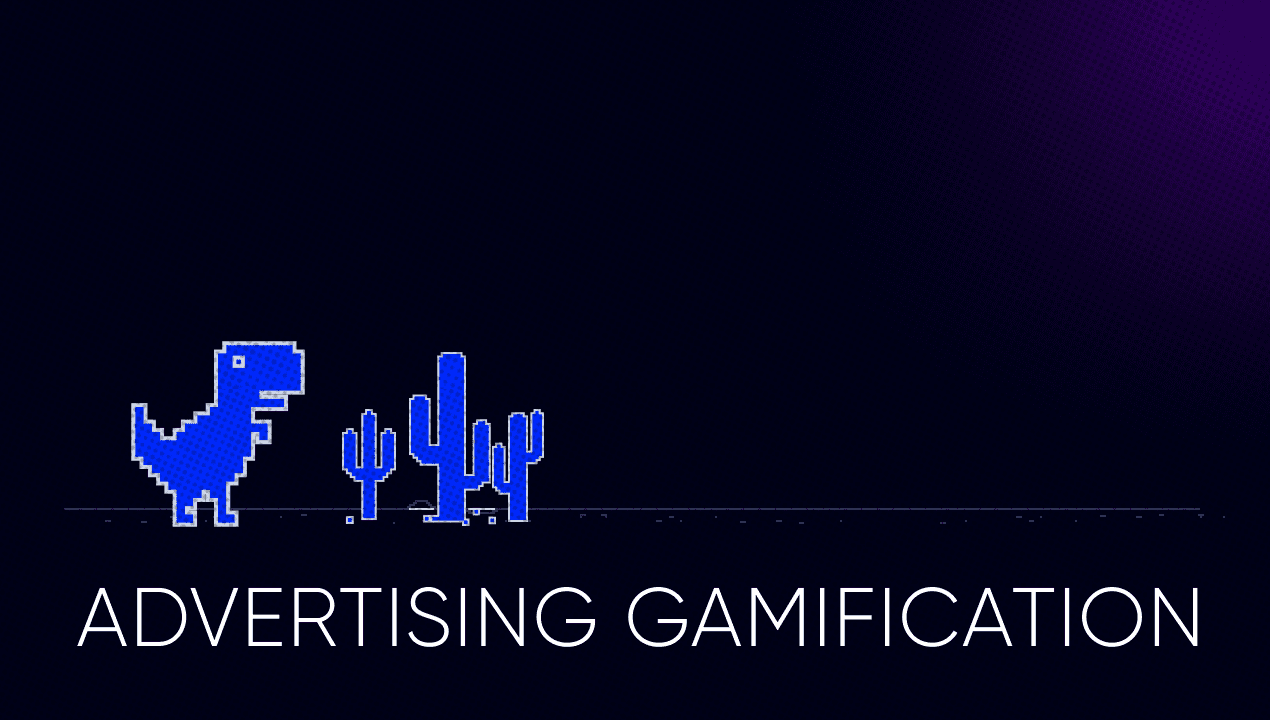

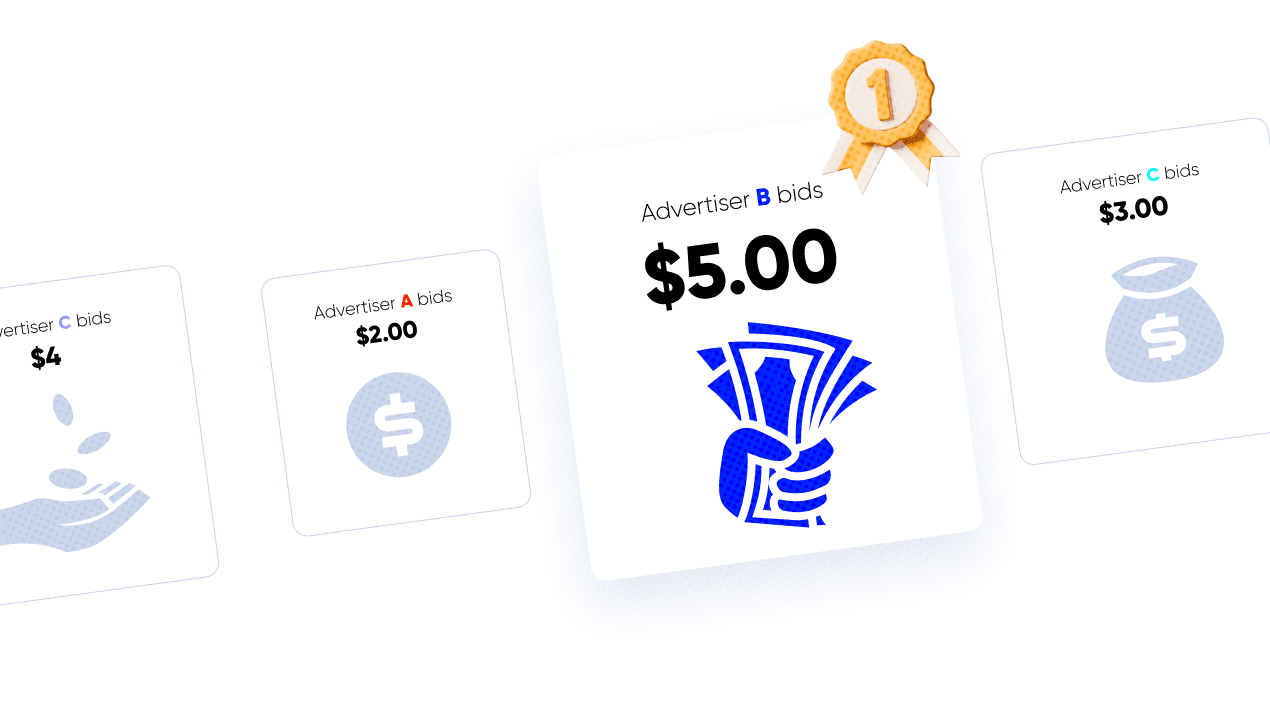



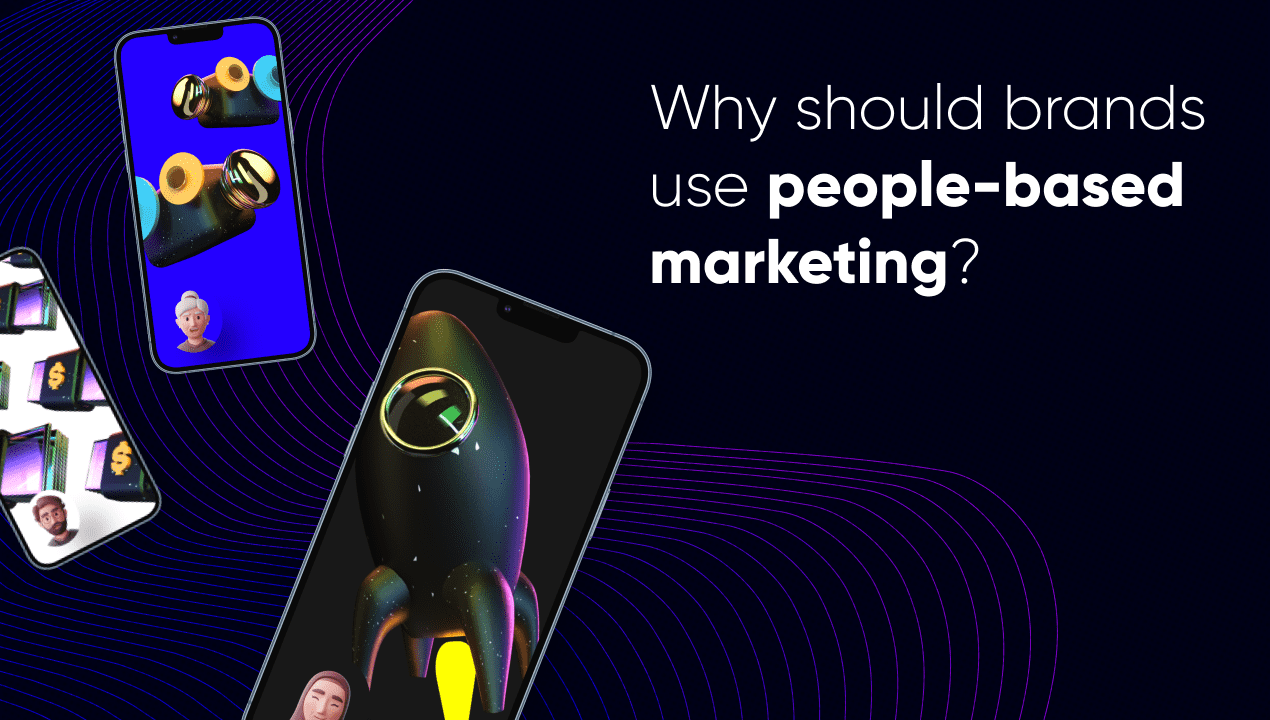


















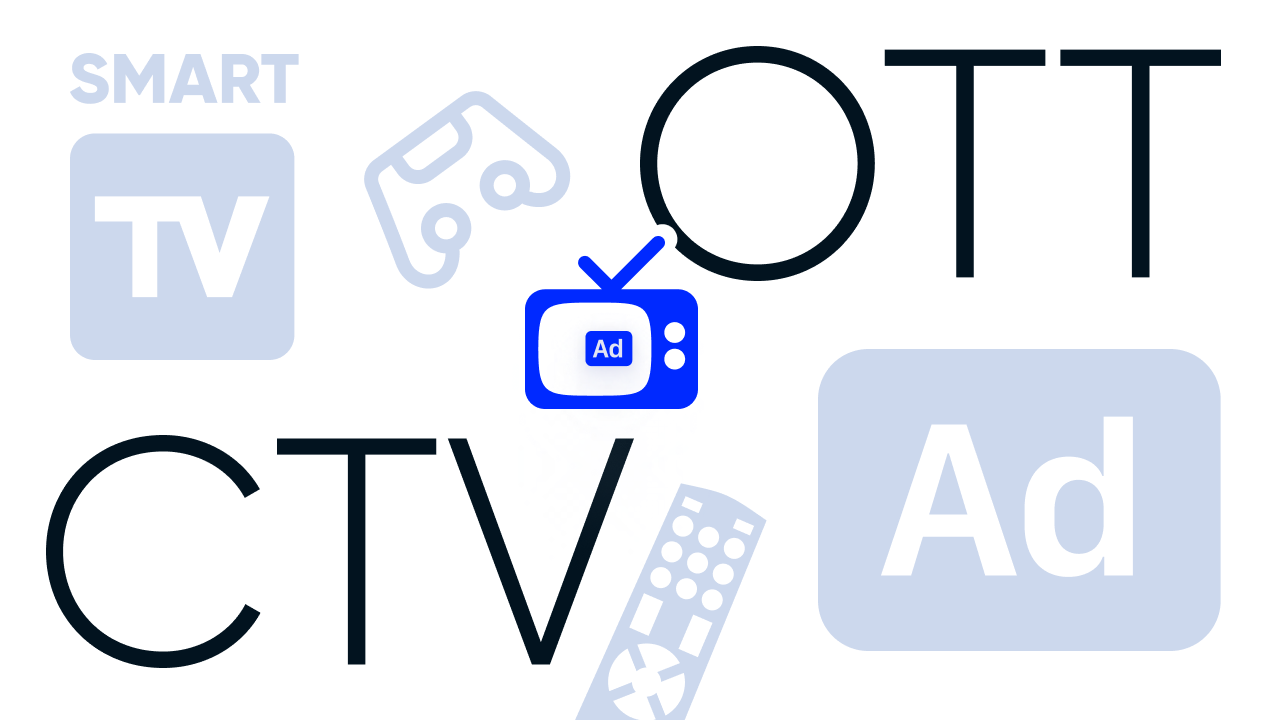
















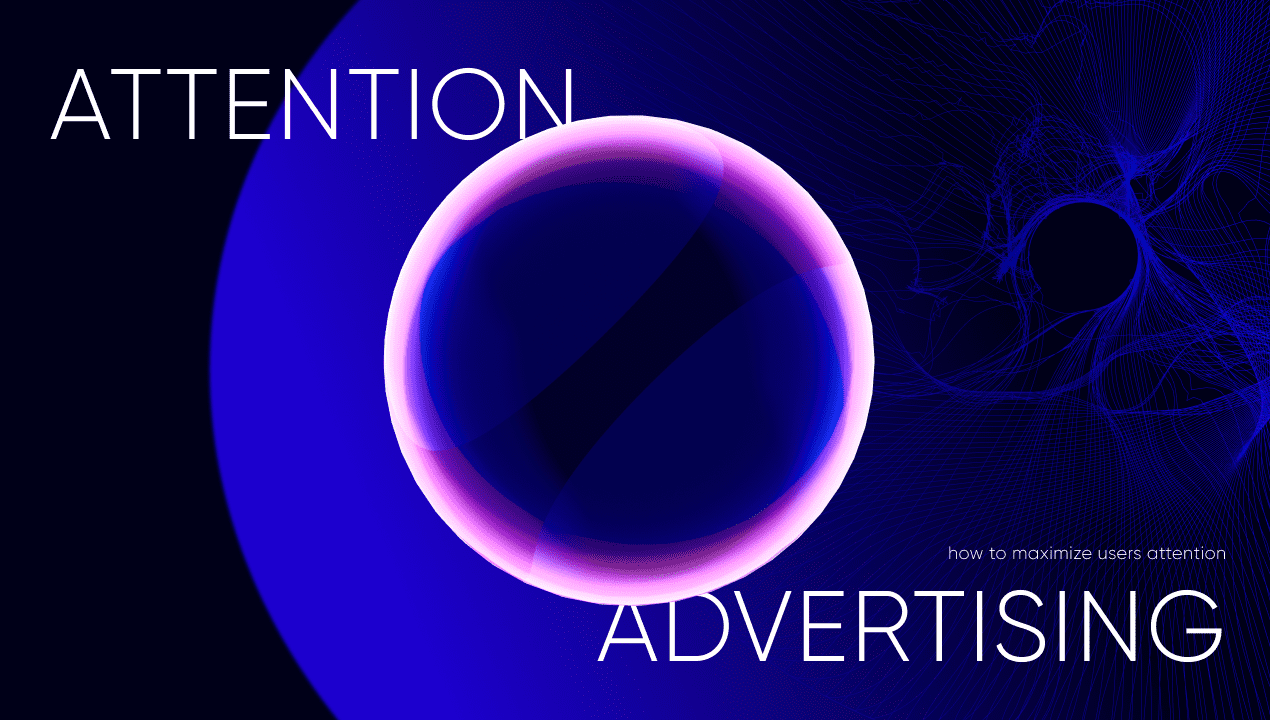
Read also



























































